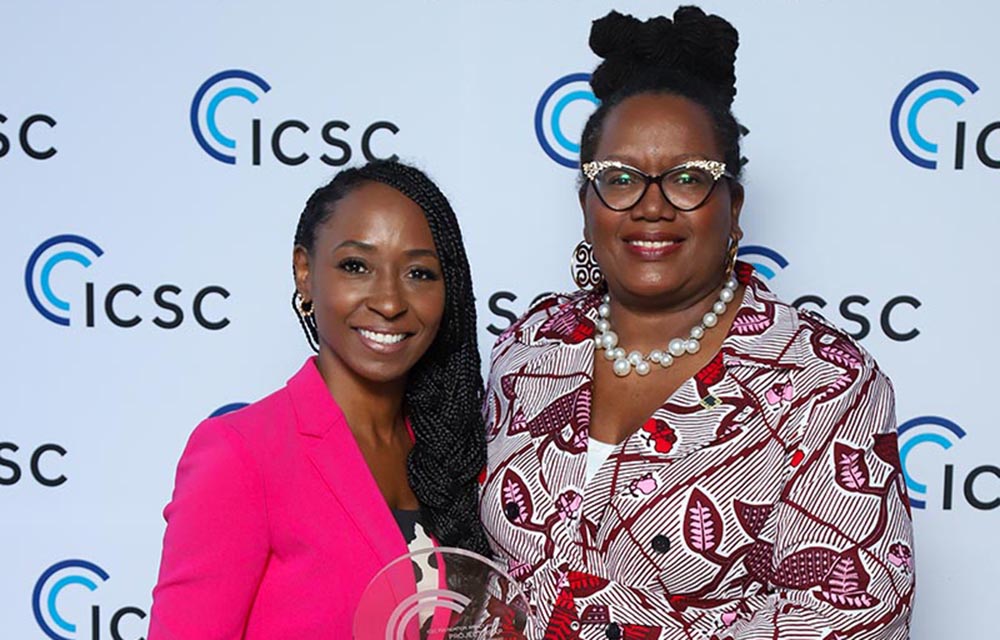News:
Brokerage
Posted: November 22, 2010
NYSERDA-supported research project receives $1.3m from DOE
A team of research institutions that includes Cornell University and the University of Buffalo received a $1.3 million funding award from the U.S. Department of Energy (DOE) to study the potential of storing power plant gas emissions in underground rock formations, according to an announcement made by secretary of energy Steven Chu.
This initiative, which will also receive $250,000 of NYSERDA funding, will focus on storage options in eastern shale. It was among 15 projects that will receive Department of Energy funding to develop technologies that will safely and economically store carbon dioxide in geologic formations. The projects will support the goals of helping reduce U.S. greenhouse gas emissions by developing and deploying near-zero-emission coal technologies.
The NYSERDA funding includes $100,000 for Cornell University, $100,000 for the University at Buffalo, and $50,000 to Advanced Resources International, Inc. for project management.
"The projects announced are part of this administration's commitment to leading the world in carbon capture and storage technology," said Chu. "These projects will reduce greenhouse gas emissions, develop clean energy innovation and help produce jobs for Americans across the Nation."
"I congratulate Cornell University, the University of Buffalo and Advanced Resources International, Inc. This award will help further important research to find safe, secure and economic alternatives for storing carbon dioxide emissions," said NYSERDA president and CEO Francis Murray, "This award is a tribute to the world-class clean energy research being done at universities all across New York State."
Efforts are underway to demonstrate safety and permanence of geologic sequestration through initiatives such as the Regional Carbon Sequestration Partnerships. NYSERDA is a member of the Midwest Regional Carbon Sequestration Partnership.
This and 14 other selected projects will complement ongoing efforts by developing and testing technologies that address critical challenges for geologic storage including injectivity of CO2 into the reservoir, storage capacity, plume migration, and containment by caprock and other trapping mechanisms.
Tags:
Brokerage
MORE FROM Brokerage
AmTrustRE completes $211m acquisition of 260 Madison Ave.
Manhattan, NY AmTrustRE has completed the $211 million acquisition of 260 Madison Ave., a 22-story, 570,000 s/f office building. AmTrustRE was self-represented in the purchase. Darcy Stacom and William Herring

Quick Hits
Columns and Thought Leadership

Lasting effects of eminent domain on commercial development - by Sebastian Jablonski
The state has the authority to seize all or part of privately owned commercial real estate for public use by the power of eminent domain. Although the state is constitutionally required to provide just compensation to the property owner, it frequently fails to account

AI comes to public relations, but be cautious, experts say - by Harry Zlokower
Last month Bisnow scheduled the New York AI & Technology cocktail event on commercial real estate, moderated by Tal Kerret, president, Silverstein Properties, and including tech officers from Rudin Management, Silverstein Properties, structural engineering company Thornton Tomasetti and the founder of Overlay Capital Build,

Strategic pause - by Shallini Mehra and Chirag Doshi
Many investors are in a period of strategic pause as New York City’s mayoral race approaches. A major inflection point came with the Democratic primary victory of Zohran Mamdani, a staunch tenant advocate, with a progressive housing platform which supports rent freezes for rent

Behind the post: Why reels, stories, and shorts work for CRE (and how to use them) - by Kimberly Zar Bloorian
Let’s be real: if you’re still only posting photos of properties, you’re missing out. Reels, Stories, and Shorts are where attention lives, and in commercial real estate, attention is currency.








.jpg)

.gif)